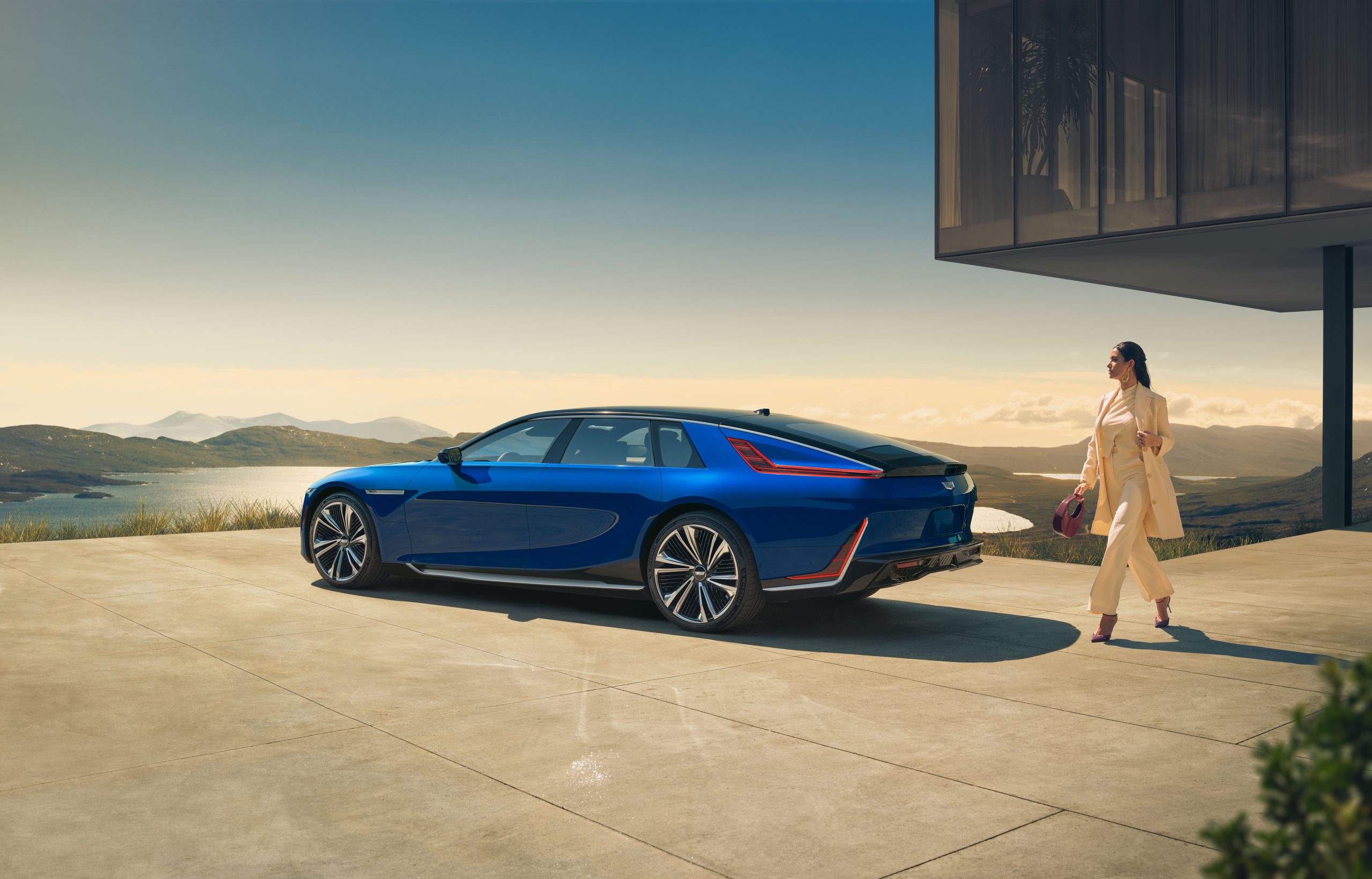
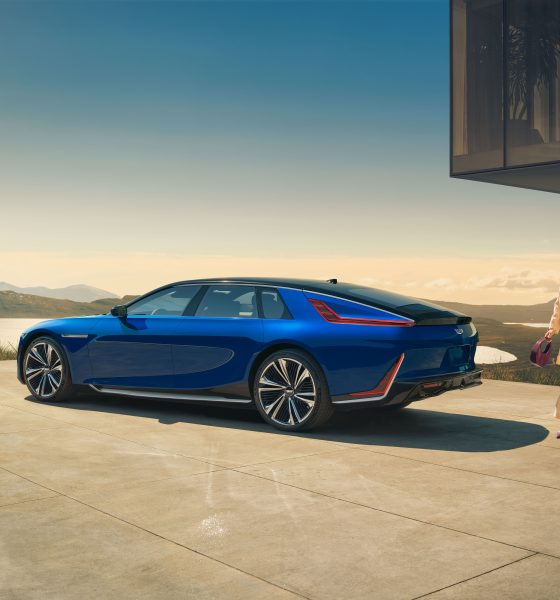
News
GM unveils Cadillac Celestiq, an 18-foot behemoth that starts at over $300,000
General Motors (GM) has unveiled the Cadillac Celestiq, a flagship, all-electric “halo car” designed to take on the likes of the world’s premier ultra-luxury car makers. Filled to the brim with tech and premium materials, the Celestiq is GM’s most ambitious electric yet, and it is evident in the vehicle’s starting price of over $300,000.
The Celestiq is a behemoth of a luxury car, 18 feet long and seven feet wide, making it larger than a Cadillac Escalade SUV. The vehicle is powered by a 111 kWh battery pack that’s capable of up to 200 kW charging and 300 miles of range. It’s also capable of going from 0-60 mph in 3.8 seconds, which, while not as quick as smaller rivals, is impressive for such a massive car.
For its starting price of $300,000, buyers of the Cadillac Celestiq can expect to receive a vehicle that Rory Harvey, global vice president of Cadillac, described as a “brand builder.” Its interior features a 55-inch diagonal screen that spans the front cabin, a “smart glass roof,” and Ultra Cruise, the successor of GM’s Super Cruise system, among others. The interior also includes 115 3D-printed parts.
Considering the Celestiq’s starting price, customers would be able to customize practically every part of the vehicle. Buyers could also be assured that their Celestiq is completely hand-built, with Cadillac only building a couple or so units per day. Brandon Vivian, Celestiq executive chief engineer, noted that the vehicle is a celebration of a client’s individuality.
“When we started this process, the brief then we gave to the team was to develop the most epic Cadillac ever. But the result is a vehicle unlike any other… It’s a custom-commissioned celebration of the client’s individuality,” Vivian said.
But while the Cadillac Celestiq is impressive, it is entering a market that is already filled with rivals that offer more performance or nearly comparable luxury at a lower price. The Tesla Model S Plaid blows the Celestiq’s raw performance out of the water for a fraction of its cost, and the Lucid Air Grand Touring offers far more range and similar traditional luxury amenities for a lower price.
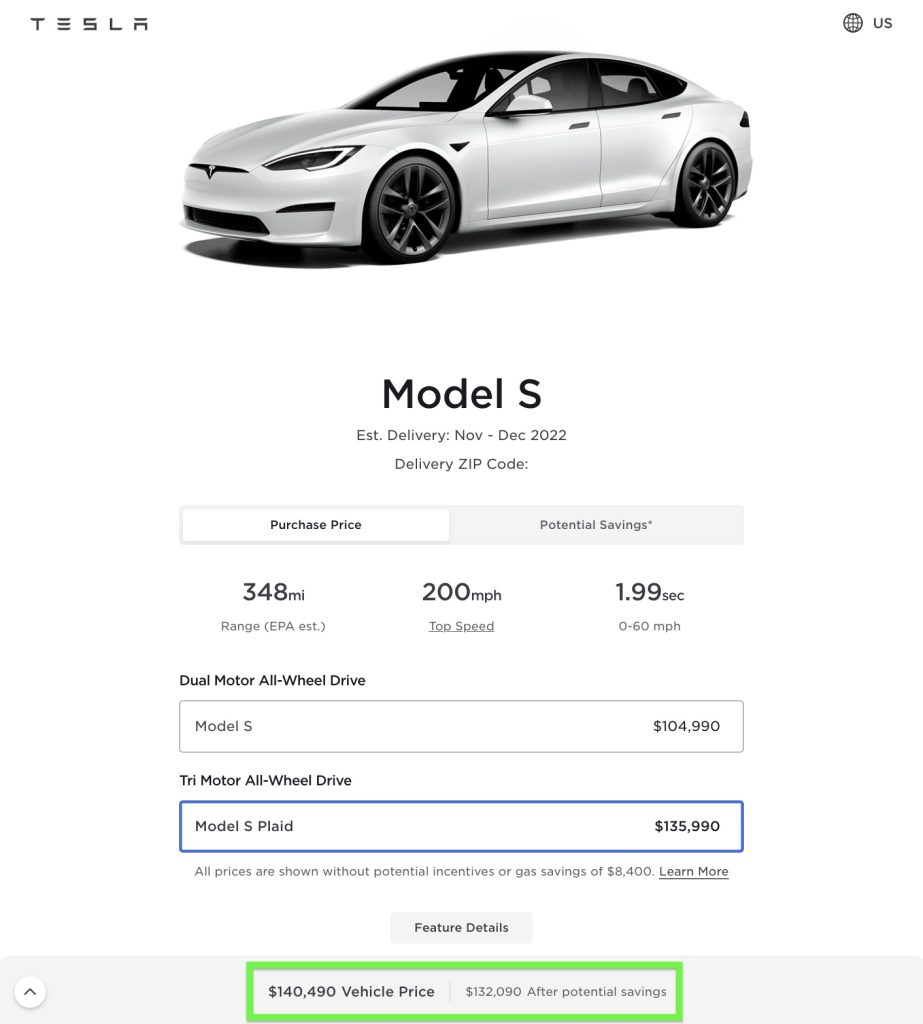
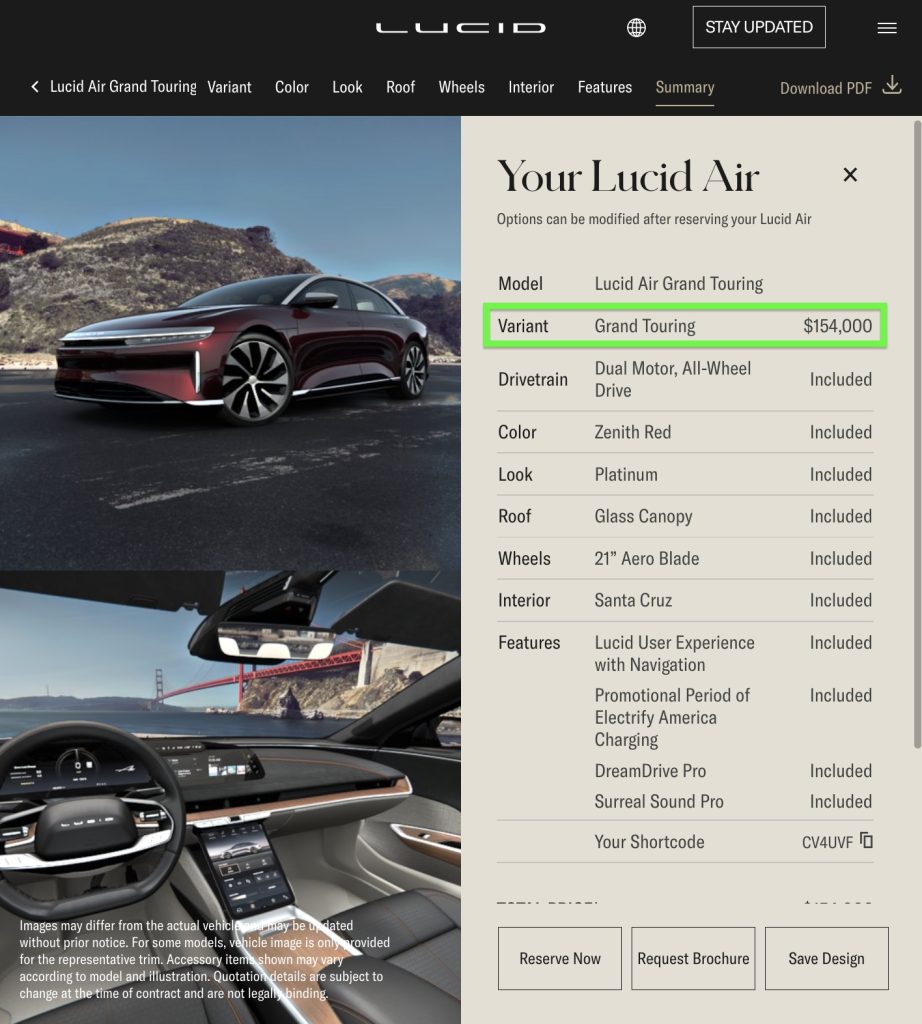
In fact, with the Celestiq starting at $300,000, a buyer can purchase a Tesla Model S Plaid with a 1.99-second 0-60 mph time and a Lucid Air Grand Touring with 516 miles of range and still have some money left over. As of writing, the Tesla Model S Plaid can be purchased for $140,490 with its performance-oriented 21″ Arachnid Wheels, while the Lucid Air Grand Touring Dual Motor can be bought for $154,000. These two vehicles combined still cost less than the starting price of the Cadillac Celestiq.
However, if GM can pull off the Celestiq, the veteran automaker can end up taking a spot beside the world’s most notable ultra-luxury automakers like Bentley and Rolls-Royce. As to whether Cadillac has what it takes to accomplish this goal, only time will tell.
Production of the Cadillac Celestiq is expected to start December next year.
The Teslarati team would appreciate hearing from you. If you have any tips, contact me at maria@teslarati.com or via Twitter @Writer_01001101.

Investor's Corner
Tesla stock closes at all-time high on heels of Robotaxi progress
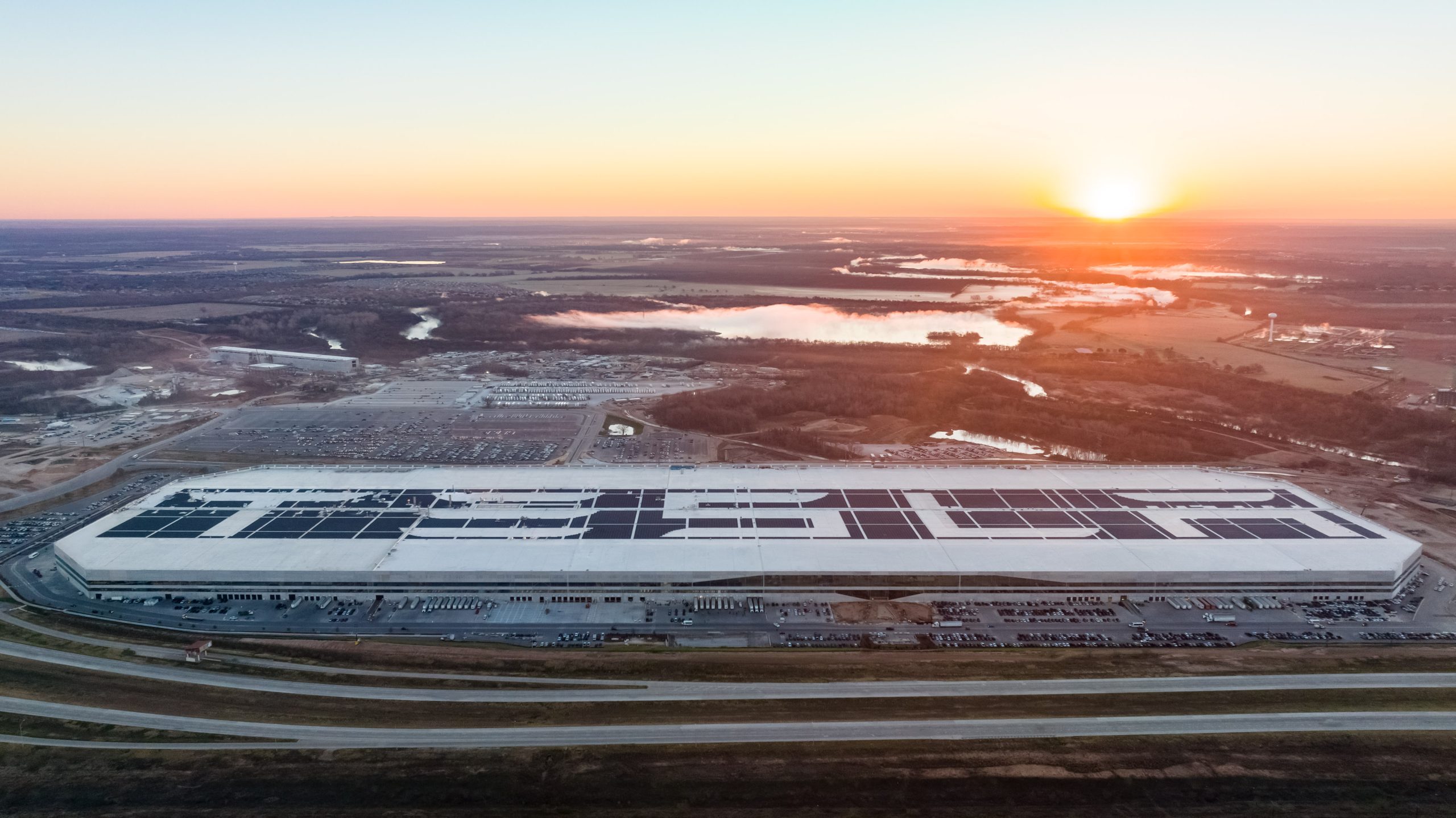
Tesla stock (NASDAQ: TSLA) closed at an all-time high on Tuesday, jumping over 3 percent during the day and finishing at $489.88.
The price beats the previous record close, which was $479.86.
Shares have had a crazy year, dipping more than 40 percent from the start of the year. The stock then started to recover once again around late April, when its price started to climb back up from the low $200 level.
This week, Tesla started to climb toward its highest levels ever, as it was revealed on Sunday that the company was testing driverless Robotaxis in Austin. The spike in value pushed the company’s valuation to $1.63 trillion.
Tesla Robotaxi goes driverless as Musk confirms Safety Monitor removal testing
It is the seventh-most valuable company on the market currently, trailing Nvidia, Apple, Alphabet (Google), Microsoft, Amazon, and Meta.
Shares closed up $14.57 today, up over 3 percent.
The stock has gone through a lot this year, as previously mentioned. Shares tumbled in Q1 due to CEO Elon Musk’s involvement with the Department of Government Efficiency (DOGE), which pulled his attention away from his companies and left a major overhang on their valuations.
However, things started to rebound halfway through the year, and as the government started to phase out the $7,500 tax credit, demand spiked as consumers tried to take advantage of it.
Q3 deliveries were the highest in company history, and Tesla responded to the loss of the tax credit with the launch of the Model 3 and Model Y Standard.
Additionally, analysts have announced high expectations this week for the company on Wall Street as Robotaxi continues to be the focus. With autonomy within Tesla’s sights, things are moving in the direction of Robotaxi being a major catalyst for growth on the Street in the coming year.
Elon Musk
Tesla needs to come through on this one Robotaxi metric, analyst says
“We think the key focus from here will be how fast Tesla can scale driverless operations (including if Tesla’s approach to software/hardware allows it to scale significantly faster than competitors, as the company has argued), and on profitability.”
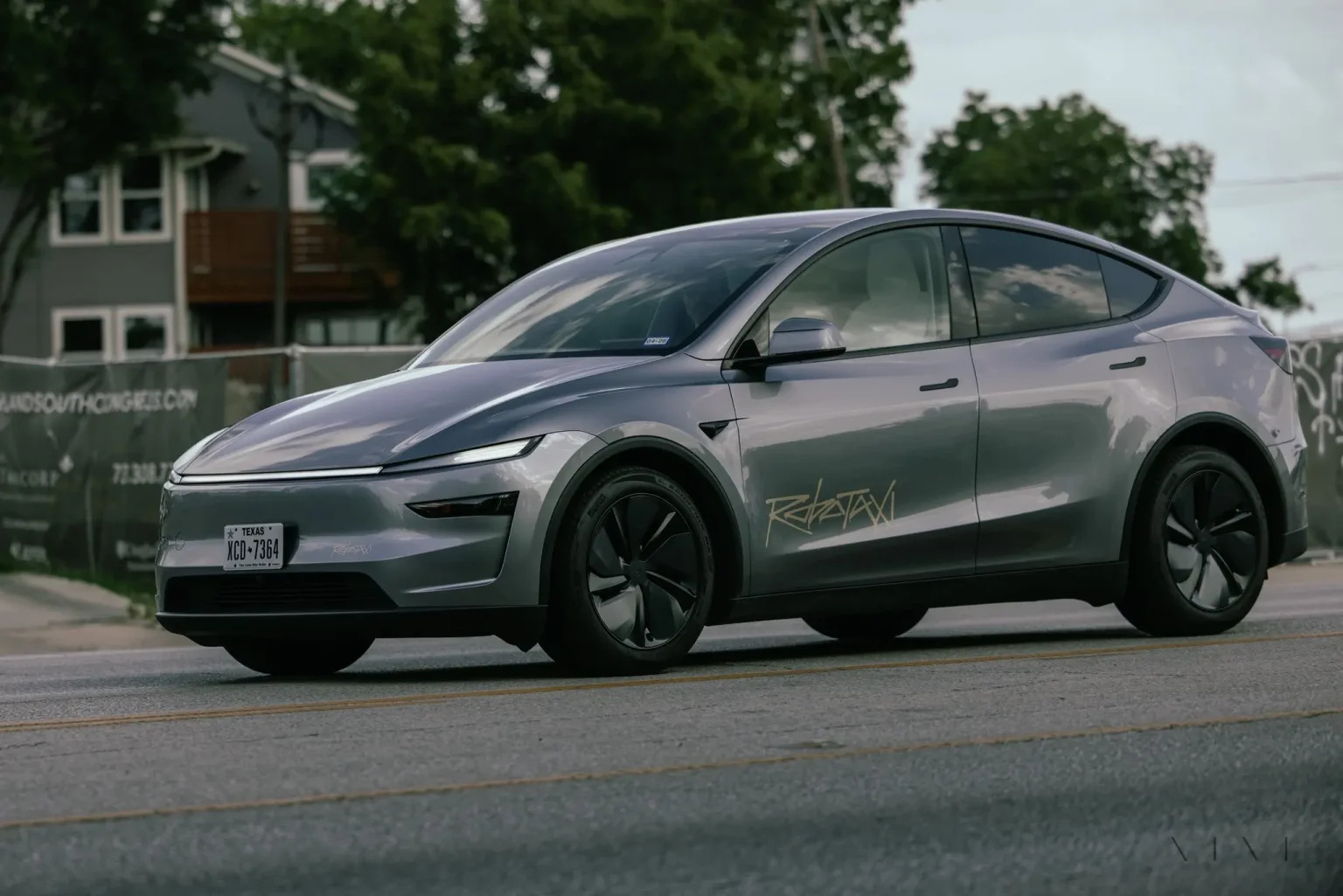
Tesla needs to come through on this one Robotaxi metric, Mark Delaney of Goldman Sachs says.
Tesla is in the process of rolling out its Robotaxi platform to areas outside of Austin and the California Bay Area. It has plans to launch in five additional cities, including Houston, Dallas, Miami, Las Vegas, and Phoenix.
However, the company’s expansion is not what the focus needs to be, according to Delaney. It’s the speed of deployment.
The analyst said:
“We think the key focus from here will be how fast Tesla can scale driverless operations (including if Tesla’s approach to software/hardware allows it to scale significantly faster than competitors, as the company has argued), and on profitability.”
Profitability will come as the Robotaxi fleet expands. Making that money will be dependent on when Tesla can initiate rides in more areas, giving more customers access to the program.
There are some additional things that the company needs to make happen ahead of the major Robotaxi expansion, one of those things is launching driverless rides in Austin, the first city in which it launched the program.
This week, Tesla started testing driverless Robotaxi rides in Austin, as two different Model Y units were spotted with no occupants, a huge step in the company’s plans for the ride-sharing platform.
Tesla Robotaxi goes driverless as Musk confirms Safety Monitor removal testing
CEO Elon Musk has been hoping to remove Safety Monitors from Robotaxis in Austin for several months, first mentioning the plan to have them out by the end of 2025 in September. He confirmed on Sunday that Tesla had officially removed vehicle occupants and started testing truly unsupervised rides.
Although Safety Monitors in Austin have been sitting in the passenger’s seat, they have still had the ability to override things in case of an emergency. After all, the ultimate goal was safety and avoiding any accidents or injuries.
Goldman Sachs reiterated its ‘Neutral’ rating and its $400 price target. Delaney said, “Tesla is making progress with its autonomous technology,” and recent developments make it evident that this is true.
Investor's Corner
Tesla gets bold Robotaxi prediction from Wall Street firm
Last week, Andrew Percoco took over Tesla analysis for Morgan Stanley from Adam Jonas, who covered the stock for years. Percoco seems to be less optimistic and bullish on Tesla shares, while still being fair and balanced in his analysis.
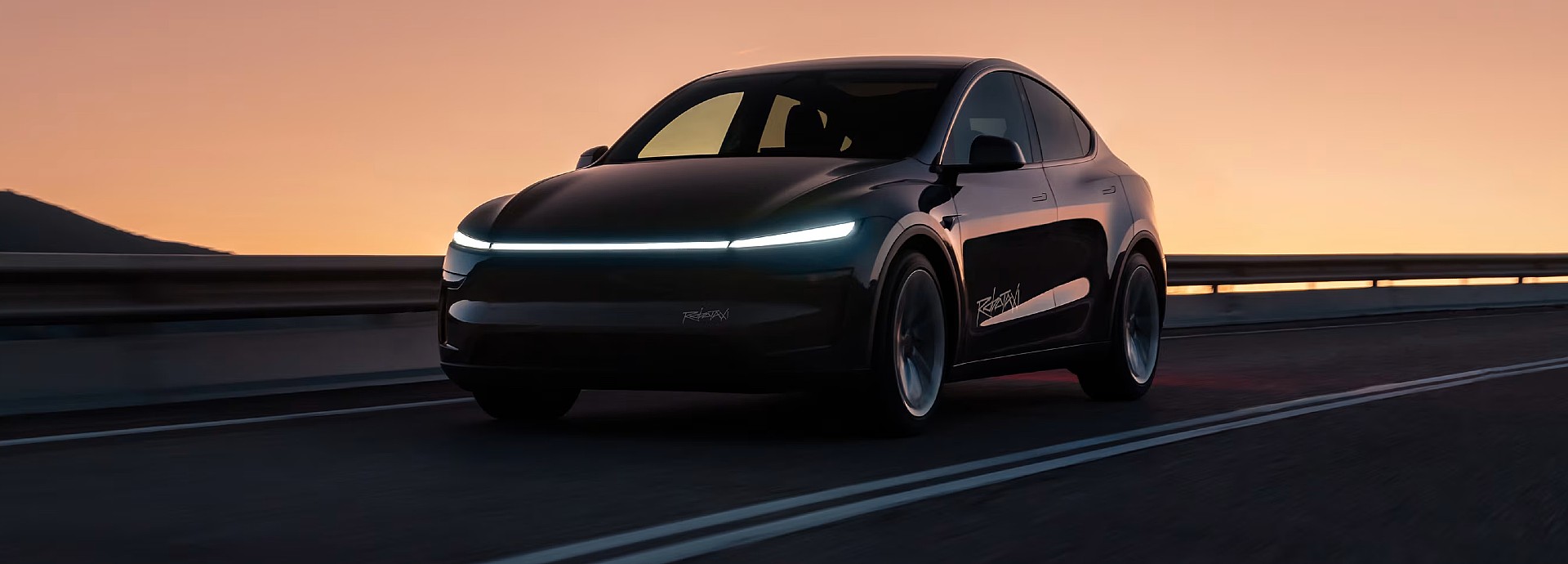
Tesla (NASDAQ: TSLA) received a bold Robotaxi prediction from Morgan Stanley, which anticipates a dramatic increase in the size of the company’s autonomous ride-hailing suite in the coming years.
Last week, Andrew Percoco took over Tesla analysis for Morgan Stanley from Adam Jonas, who covered the stock for years. Percoco seems to be less optimistic and bullish on Tesla shares, while still being fair and balanced in his analysis.
Percoco dug into the Robotaxi fleet and its expansion in the coming years in his latest note, released on Tuesday. The firm expects Tesla to increase the Robotaxi fleet size to 1,000 vehicles in 2026. However, that’s small-scale compared to what they expect from Tesla in a decade.
Tesla expands Robotaxi app access once again, this time on a global scale
By 2035, Morgan Stanley believes there will be one million Robotaxis on the road across multiple cities, a major jump and a considerable fleet size. We assume this means the fleet of vehicles Tesla will operate internally, and not including passenger-owned vehicles that could be added through software updates.
He also listed three specific catalysts that investors should pay attention to, as these will represent the company being on track to achieve its Robotaxi dreams:
- Opening Robotaxi to the public without a Safety Monitor. Timing is unclear, but it appears that Tesla is getting closer by the day.
- Improvement in safety metrics without the Safety Monitor. Tesla’s ability to improve its safety metrics as it scales miles driven without the Safety Monitor is imperative as it looks to scale in new states and cities in 2026.
- Cybercab start of production, targeted for April 2026. Tesla’s Cybercab is a purpose-built vehicle (no steering wheel or pedals, only two seats) that is expected to be produced through its state-of-the-art unboxed manufacturing process, offering further cost reductions and thus accelerating adoption over time.
Robotaxi stands to be one of Tesla’s most significant revenue contributors, especially as the company plans to continue expanding its ride-hailing service across the world in the coming years.
Its current deployment strategy is controlled and conservative to avoid any drastic and potentially program-ruining incidents.
So far, the program, which is active in Austin and the California Bay Area, has been widely successful.








